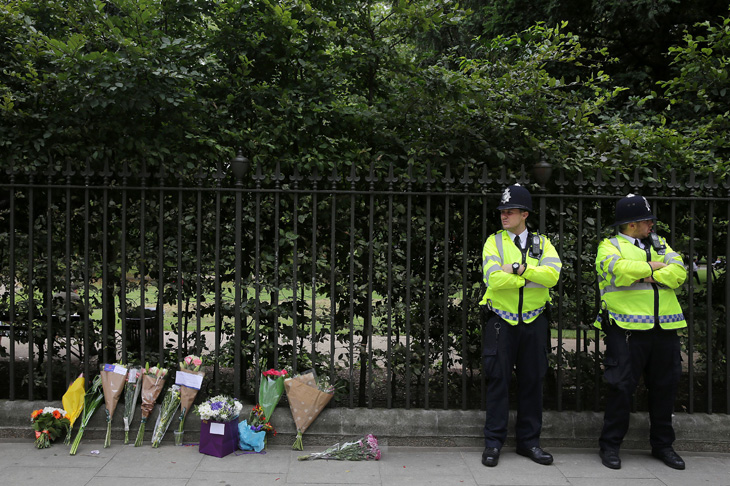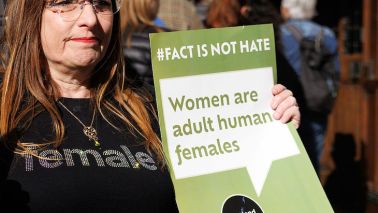Any notion that the surge in killings in London was a problem confined to gang members has been dispelled by the death of 17-year-old Tanesha Melbourne-Blake, who acted as a mentor for troubled children but who died in her mother’s arms after a drive-by shooting. The number of people killed in the capital has now risen to more than 50 this year, with the latest victim an 18-year-old man who was stabbed to death in an east London street on Wednesday night.
Violent crime is everyone’s problem, yet until this year it had slipped a long way down the list of pressing political issues. Terrorism continues to take up debate, as do sexual offences, especially allegations involving public figures. But grubby, everyday lawbreaking — including of a violent kind — seemed to have receded as a national problem. The news that for two months in a row London’s murder rate has been higher than New York’s has jolted the country out of this complacency.
Crime statistics are notoriously difficult to interpret — police figures for recorded crime tend to disagree with those derived from the National Crime Survey, which asks members of the public for their personal exposure to crime. But it is hard to argue with the figures for murder — a crime which is almost always recorded. For decades until around the turn of the century the murder rate surged, hitting an artificial peak in 2003 when 218 victims of Harold Shipman were perversely added to the total for that year. The rate then declined until 2014, since when it has seen a sharp rise. This mirrors the pattern in recorded knife and firearms offences, which similarly declined until 2014, before rising again.
Why violent crime has rekindled is not straightforward, though there are several possible contributory factors.








Comments
Join the debate for just £1 a month
Be part of the conversation with other Spectator readers by getting your first three months for £3.
UNLOCK ACCESS Just £1 a monthAlready a subscriber? Log in